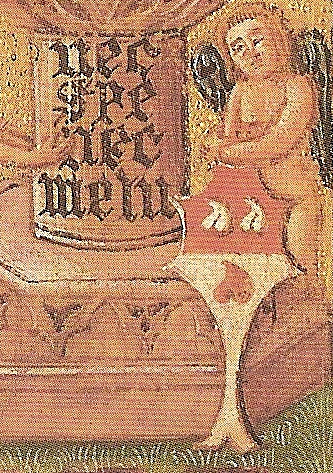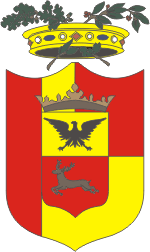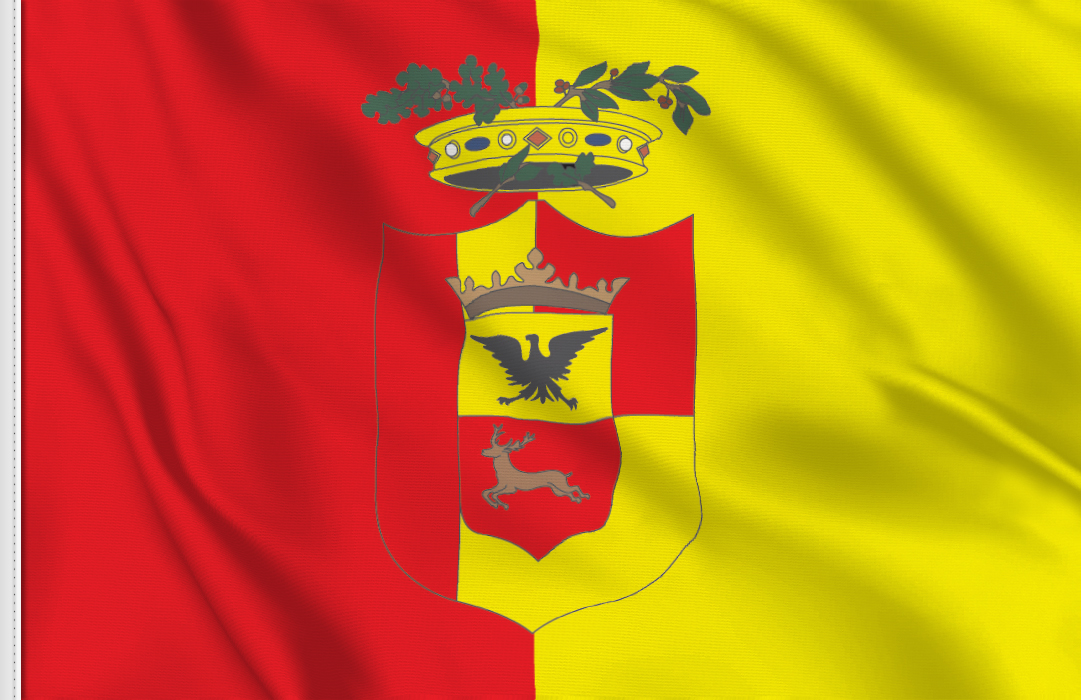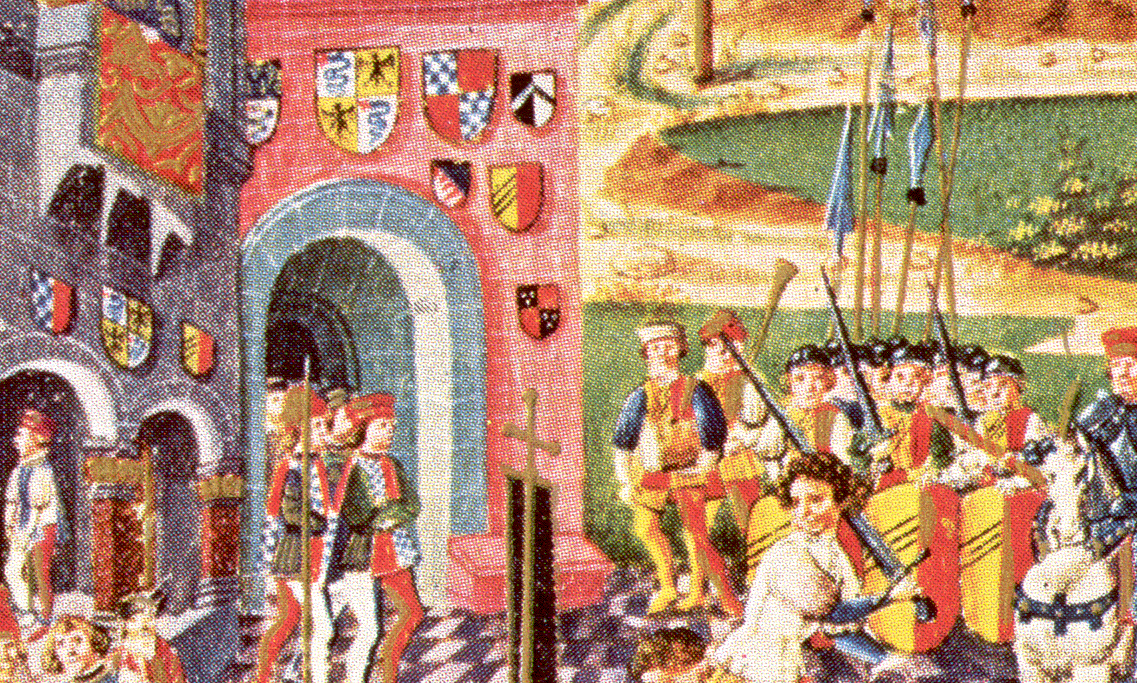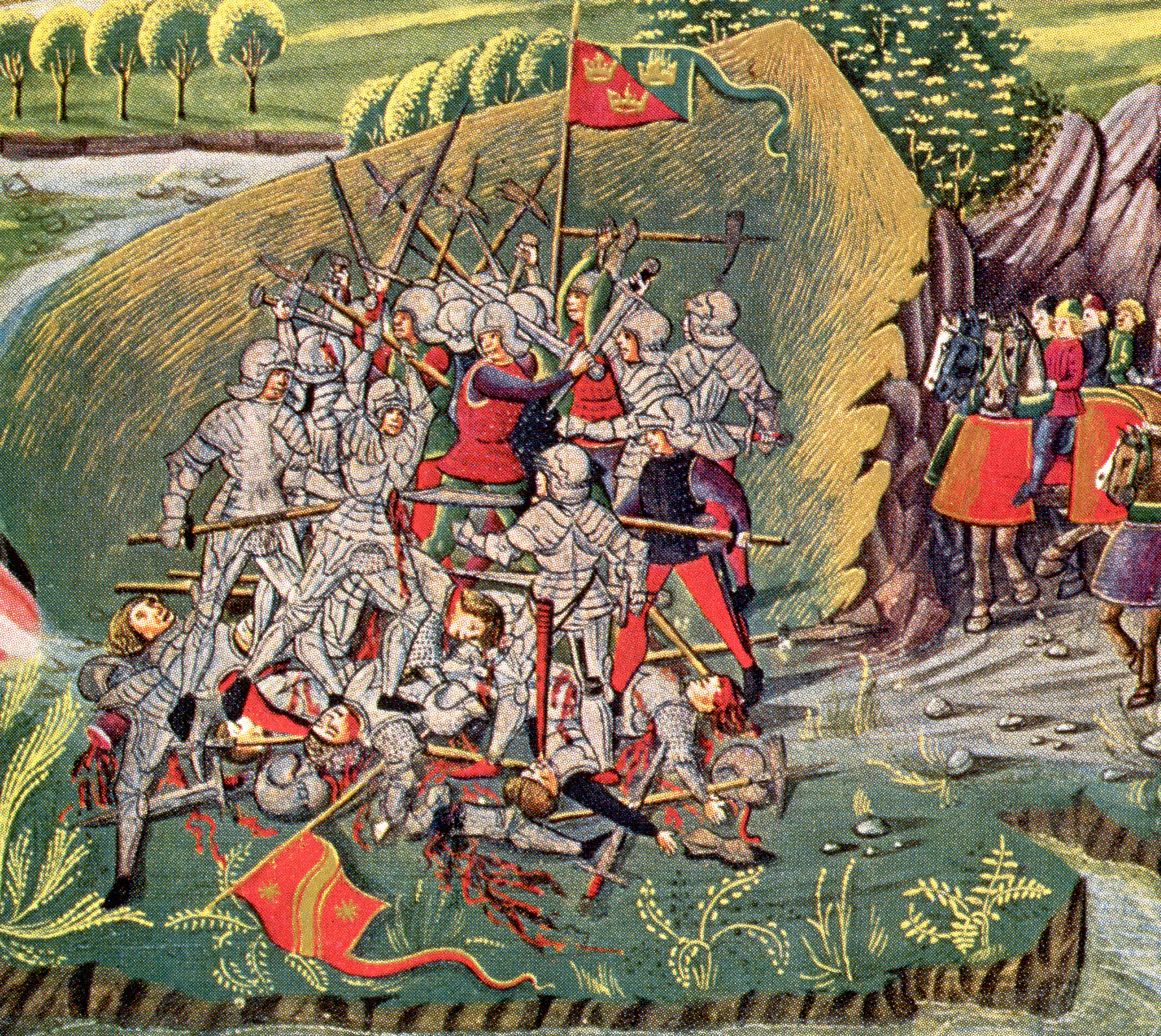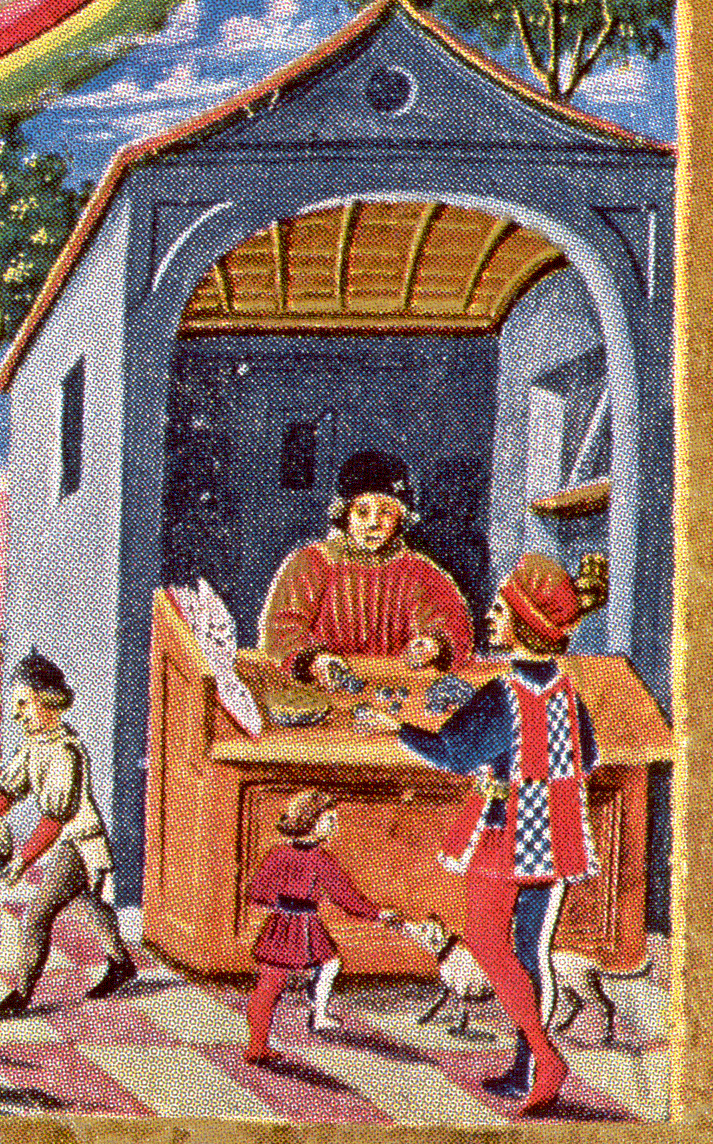Phaeded wrote:Ross wrote
I don't think there is any evidence that this particular deck circulated outside the family sphere, or was a gift with any political overtones.
The Papess was not political per se, but the deck is a whole was. Huck, these comments apply equally to your casual dimissal of Bergamo being Venetian - ignoring the fact that Sforza must have been promising this hometown to his second in command at the conclusion of the war with Venice. Is it all really a coincidence that a portion of the PMB remains in the city for which that last letter stands? Or that Bergamo's coat of arms appear on some of the PMB's court cards (see the Stemmario Trivulziano, although I admit the silver on the card has to stand for white) and that later iterations of the PMB feature that city's ruler's coat of arms (Venice outdid Sforza and gave the former second in command his hometown as part of his
condotte)?
It took me a while to figure out all of the allusions in this dense paragraph, but I think I have it now. First, just a technical question, how is a "fact" that Sfroza promised Bergamo to Colleone if you can only surmise that he "must have been" promising it? The "must" makes your statement an unreal condition, hence not a fact. Why use "must have" if you have proof that he was in fact making the promise?
Just nitpicking.
It may well be a coincidence that the deck ended up in Bergamo. These decks were valuable collectibles, and got sold, traded, stolen and lost over the centuries. The Bergamo (PMB now) deck is not particulary Bergamese, so why would it be significant for it to be there anyway?
I'm not sure what you mean by "Bergamo's coat of arms appear on some of the PMB's court cards." The only thing that resembles the current Bergamo stemma is on the Knight of Batons, but the colors are actually the reverse of what Bergamo uses.
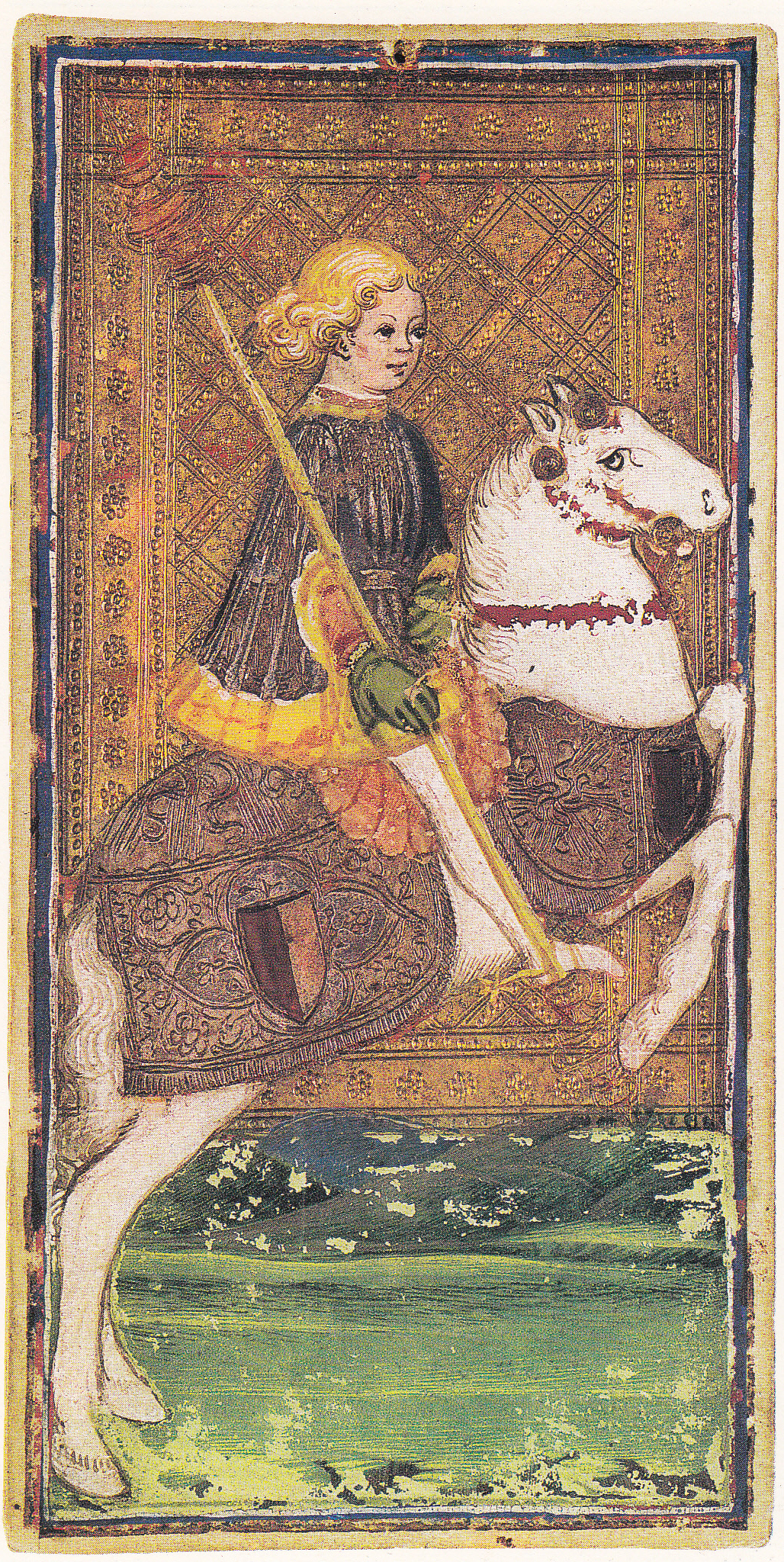
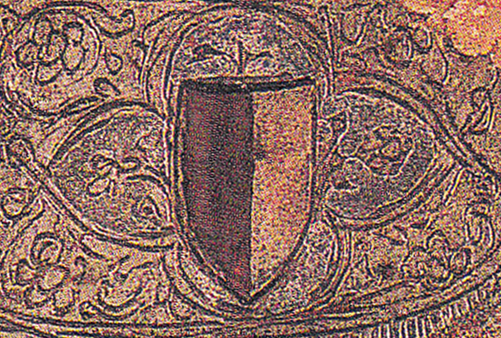
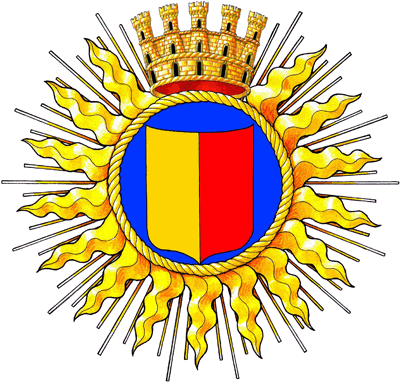
(current Bergamo shield)
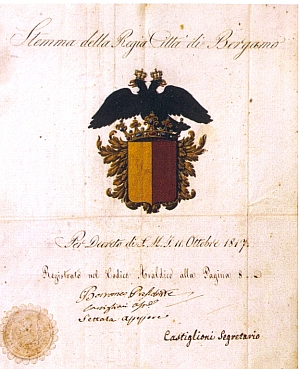
(the oldest one I could find, from 1817, a half hour search)
It doesn't seem like the colors would change sides from the 15th century to today. The difference between
dexter and
sinister is very precise in heraldry. I guess you'd have to show me a Bergamo stemma from the middle of the quattrocento that had the colors on the opposite side to make me take this identification seriously.
Michael Dummett couldn't find an Italian city that corresponded to this shield. In The Visconti-Sforza Tarot Cards (Geroge Brazillier, 1986), p. 74, he writes about the Knight of Batons shield (he also notes the much darker one at the front of the horse's caparison): "It doesn not appear to be the coat of arms of any Italian city, and the only family I have found with those arms is the Bon family, patricians of Venice, with whom there is no reason to suppose that Francesco Sforza had any particular connection. Since we do not know the history of the cards between the fifeenth and the nineteenth centuries, it is possible that they were once owned by the Bon family, who had their coat of arms overpainted onto the cards."
Whatever you think of that last speculation, Sandrina Bandera at least alludes to the history of the cards in the 18th century, when they were mentioned in the will of Antonio Maria Ambiveri (1725-1782). From the Brera catalogue of the 1999 exhibition of the cards
I tarocchi: Il caso e la fortuna (p.64): "...l'Accademia Carrara possiede ventisei carte, di cui cinque trionfi e sette carte figurate; la collezione privata tredici carte numerali. Attraverso due precedenti lasciati testamentari (primo del canonico conte Ambiveri e poi della famiglia Donati) le carte parvennero al conte Alessandro Colleoni. Questo patteggiò con il conte Francesco Baglioni ventisei carte del mazzo da lui posseduto, in cambio di alcuni dipinti (...). Quando il conte Baglioni morì (1900), le ventisei carte in sua proprietà furono lasciate insieme al resto del sua collezione all'Accademia Carrara. Per quanto reguarda le carte in possesso della famiglia Colleoni, trentacinque di esse entrarono nel mercato antiquario e nel 1911 furono vendute dalla ditta parigina Hamburger Frères a John Pierpont Morgan..."
The Accademia Carrara possesses 26 cards, including 5 trionfi and 7 court cards; the private collection (which Kaplan (
Encyc. II, p. 45) identifies as the Colleoni family) 13 number cards. After two preceding bequests (the first of the canon count Ambiveri and after that of the Donati family) the cards came into the possession of count Alessandro Colleoni. With count Francesco Baglioni he traded 26 of those in his possession for some paintings (Bandera gives here a couple of examples). When count Baglioni died (1900), the 26 cards in his possession were left together with the rest of his collection to the Accademia Carrara. As far as the cards in the possession of the Colleoni family, 35 of them went onto the antiquities market and in 1911 were sold by the aforesaid Hamburger Frères to John Pierpont Morgan..."
(Note that in the literature you might find "Colleoni-Baglioni" as a name for this deck (all 74 cards), which is what Bandera calls the set)
So it appears that all 74 were together with Ambiveri, some member of the Donati family, and Colleoni, until he split it up.
The real coincidence is that the deck has anything to do with Colleoni at all. But Ambiveri and Donati are old Bergamese families, so it is up to you to dig further than Ambiveri if you want to find a connection with Sforza.

